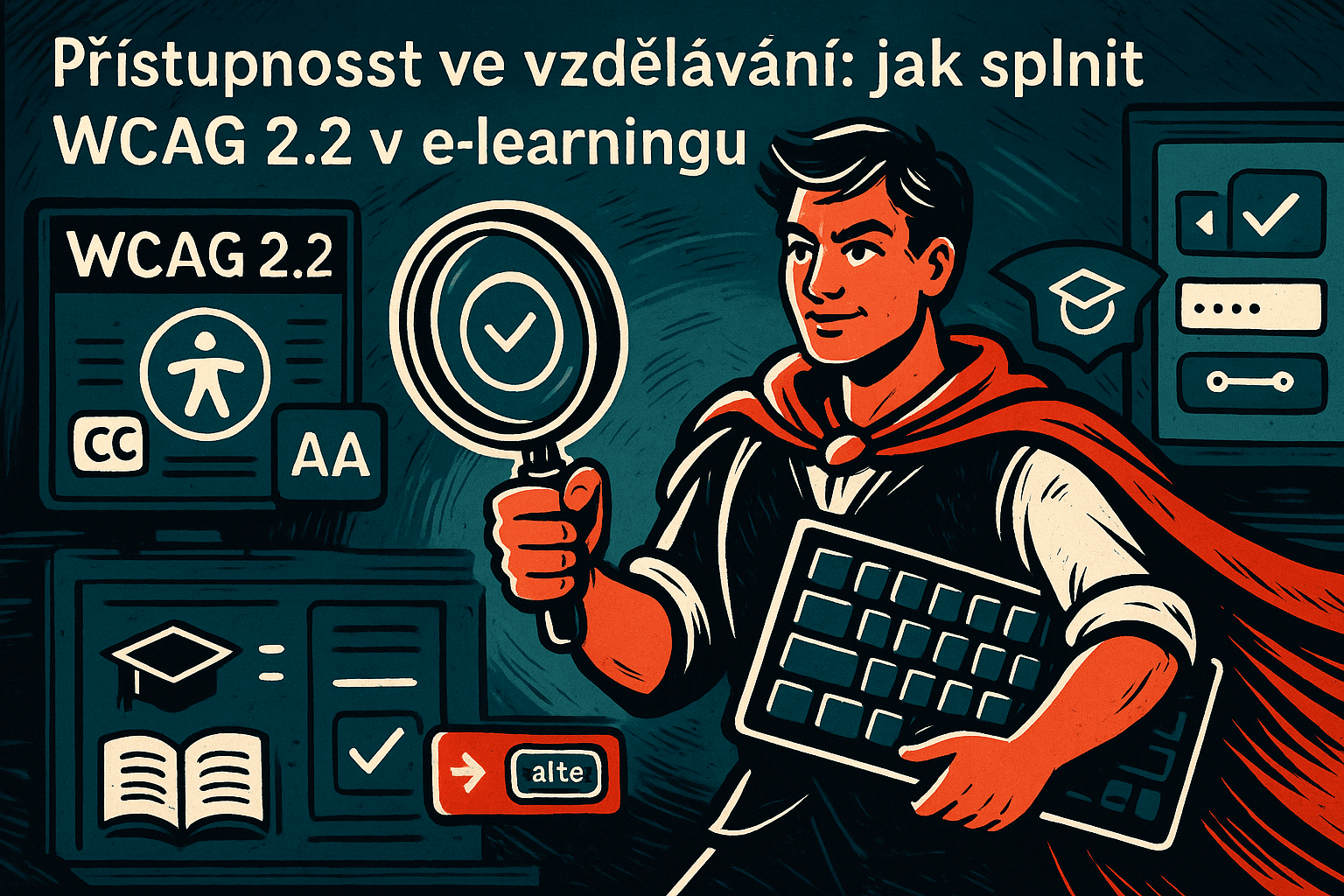Learning Experience Platform (LXP): a revolution in LMS user-friendliness
(or how a classic LMS becomes a modern ecosystem for student-centered learning)
In the past, the term LMS (Learning Management System) meant a system where a company could upload courses, assign them to users, and track whether they completed a test. Today, however, the situation is different. Users expect education to be more like the modern online environment (Netflix, social networks) and for content to "come to them" instead of having to do complicated tracking down what to study. This is where Learning Experience (LXP) comes into play - a new approach that takes the LMS to a user-friendly and personalized level.
How LXP differs from a traditional LMS
Learning Experience Platform (LXP) is a system that emphasizes user experience and personalization over traditional features (course management, user assignment, tests). A traditional LMS administers courses and tests, but often focuses on administration and reporting for managers or HR. LXP, on the other hand, places more emphasis on how the user feels when they enter the system, and how easily and quickly they access content that interests them and moves them forward.
Main features of LXP
- Personalized Recommendation: Similar to how Netflix recommends series, LXP can suggest courses, tests, or articles that are relevant to the user based on their history and profile.
- Intuitive interface: Instead of austere course tables, the user will often encounter a clear "feed" or bulletin board to see what's new and relevant to them.
- Community and social elements: Integrated discussions, commenting, liking and sharing - everything people know from regular social networks, but set in an educational context.
Why LXP is a step forward
- Greater user motivation: If the learning system feels welcoming, people are not frustrated by complex click-throughs and prefer to return to courses. When the system offers recommendations and other interactive elements, learning becomes more natural.
- Higher course completion rates: Personalization (e.g., recommending a course based on prior study and work preferences) increases the likelihood that a user will actually complete the course.
- Experiential learning: LXP is not afraid to incorporate gamification, social learning, adaptive scenarios. The result is an experience that more closely resembles a "multimedia platform" than traditional corporate e-learning.
- Supporting modern trends: LXP often easily integrates xAPI, LRS (Learning Record Store), mobile apps, and other technologies to expand the possibilities for tracking and evaluating learning.
How LXP fits into your learning ecosystem
It may be that you already have an LMS in place in your company and you don't want to change it all. LXP can sometimes be run as a layer on top of a traditional LMS, taking care of the "learning experience" while the LMS stores administrative data in the background. Or you can switch to a solution that implements LXP principles right from the ground up (and the administrative functionality is just one part of it).
Sometimes you can even make a regular LMS into an LXP by simply upgrading and redesigning the current graphical look and feel and using the system functionality that you've been leaving "on ice" for now.
Examples of integration
- Connection to HR system: Users are managed in HR-IS and LXP offers them personalized courses based on their job title and career path.
- Linking to LRS: Learning data from different channels (mobile, VR, external platforms) is collected into the LRS and LXP displays it in a meaningful way in the user experience (e.g. in the form of leaderboards and badges on the noticeboard).
- Social Networking: Connects to Slack, Teams, or other collaboration tools so students can participate in discussions outside of the main platform, but also stores the data in LXP for further analysis.
What to consider before deploying LXP
- Technical requirements: It can be a cloud service or an on-premise solution. In the case of an on-premise installation, IT support is required to keep everything running smoothly.
- Customization and extensions: Make sure LXP is open for customization (APIs, plugins) if you need something specific to your business.
- Content and Creation: LXP alone won't guarantee better education if you don't have quality courses and content. You need to develop (or buy) interactive, engaging content that takes full advantage of the platform's capabilities.
- User habits: It can take a while for people to learn how to work with a new system. However, the advantage of LXP tends to be that it resembles the environment they are already familiar with from their regular digital lives.
Are you going to LXP?
Learning Experience Platform (LXP) can be seen as an evolution of traditional LMSs towards user-friendliness, personalization and community dimension. Businesses looking to improve people's engagement in learning often find that LXP is what will help them make e-learning more attractive and effective.
If you are considering a move to LXP, we recommend that you clarify your short and long-term goals. Most importantly, do you need a modern look and feel so employees aren't put off by outdated UI? Do you want to implement adaptive courses and AI recommendation in the future? Or focus on social learning and connecting with team collaboration tools?
These are all questions you should answer before implementing LXP itself. If you're not sure which LXP learning platform really delivers on the principles, check out our Catalog LMS.







